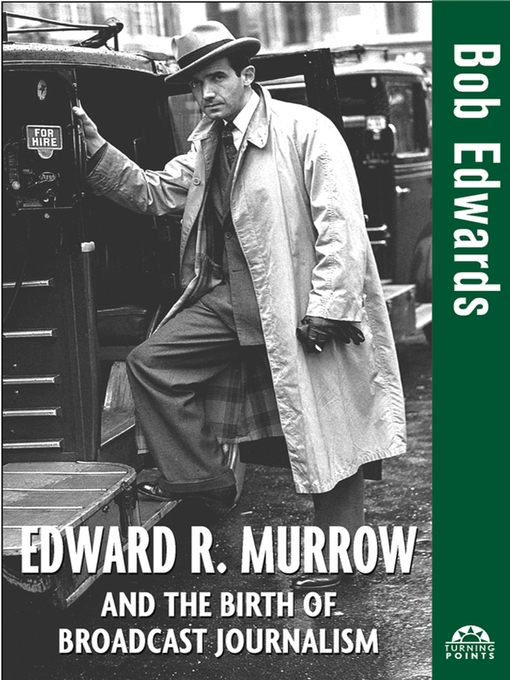"Get it, read it, and pass it on."--Bill Moyers
"Most Americans living today never heard Ed Murrow in a live broadcast. This book is for them I want them to know that broadcast journalism was established by someone with the highest standards. Tabloid crime stories, so much a part of the lust for ratings by today's news broadcasters, held no interest for Murrow. He did like Hollywood celebrities, but interviewed them for his entertainment programs; they had no place on his news programs. My book is focused on this life in journalism. I offer it in the hope that more people in and out of the news business will get to know Ed Murrow. Perhaps in time the descent from Murrow's principles can be reversed."--Bob Edwards
- Available now
- New eBook additions
- New kids additions
- New teen additions
- Most popular
- Try something different
- Project Gutenberg eBooks
- See all ebooks collections
- Available now
- New audiobook additions
- New kids additions
- New teen additions
- Most popular
- Try something different
- See all audiobooks collections



